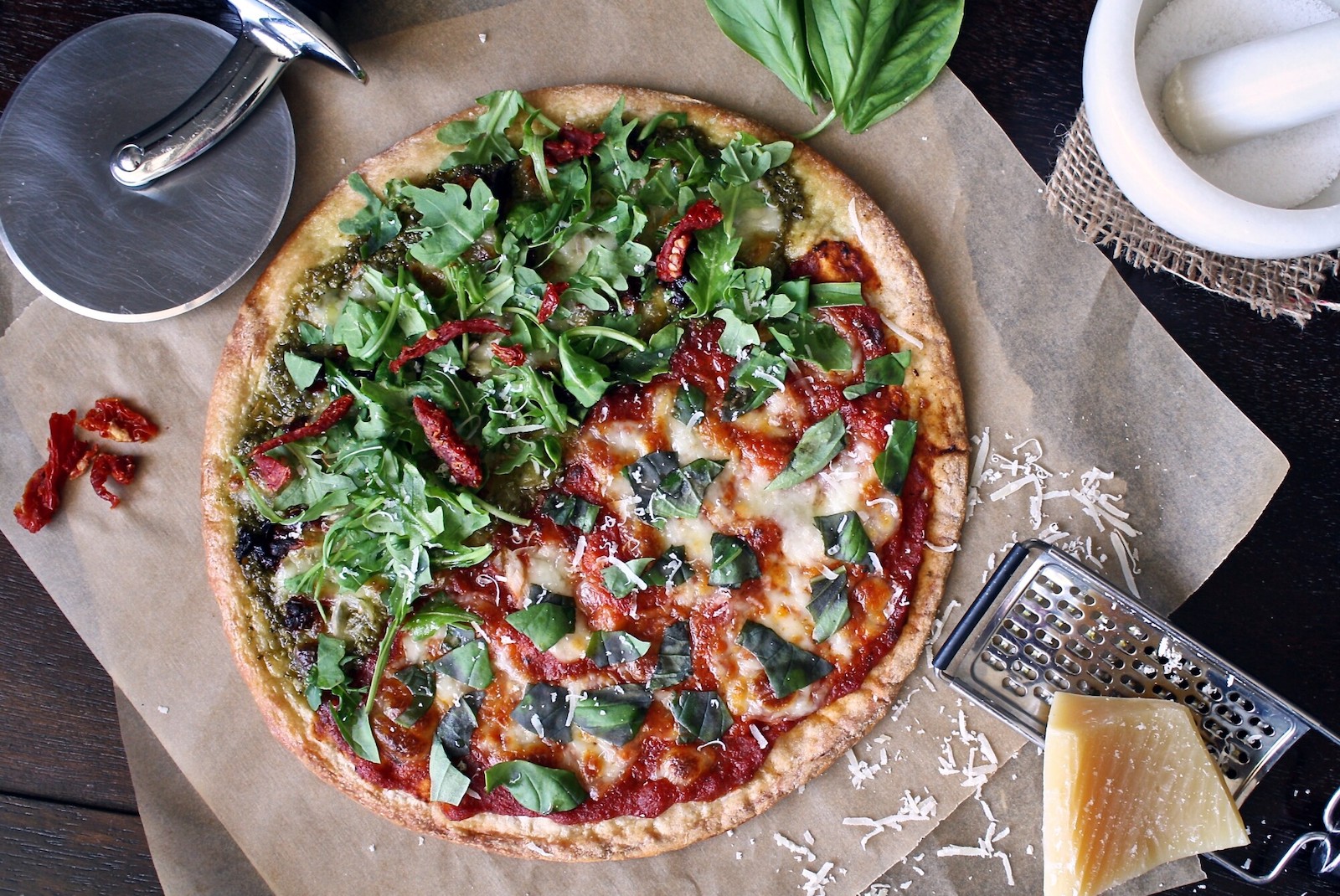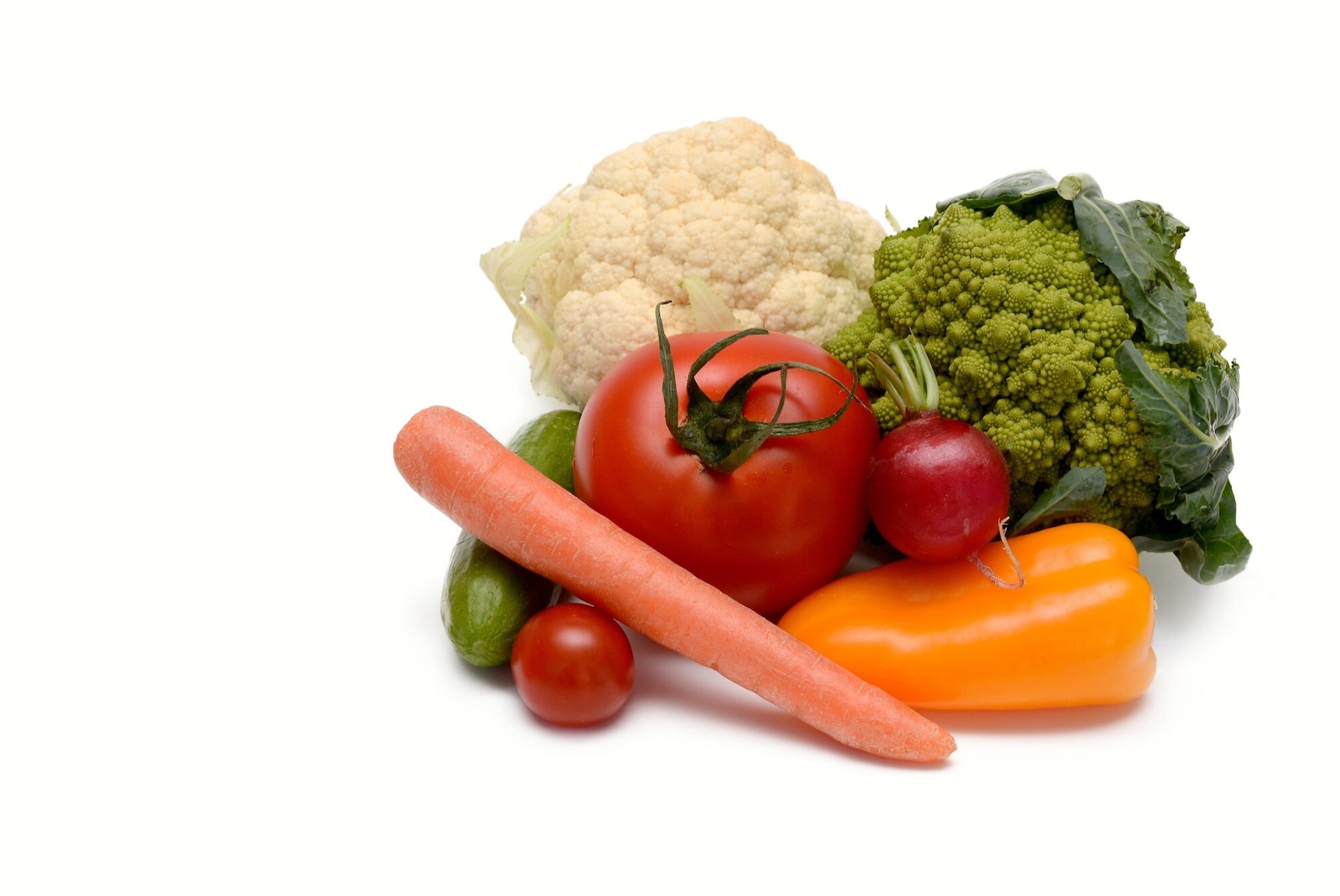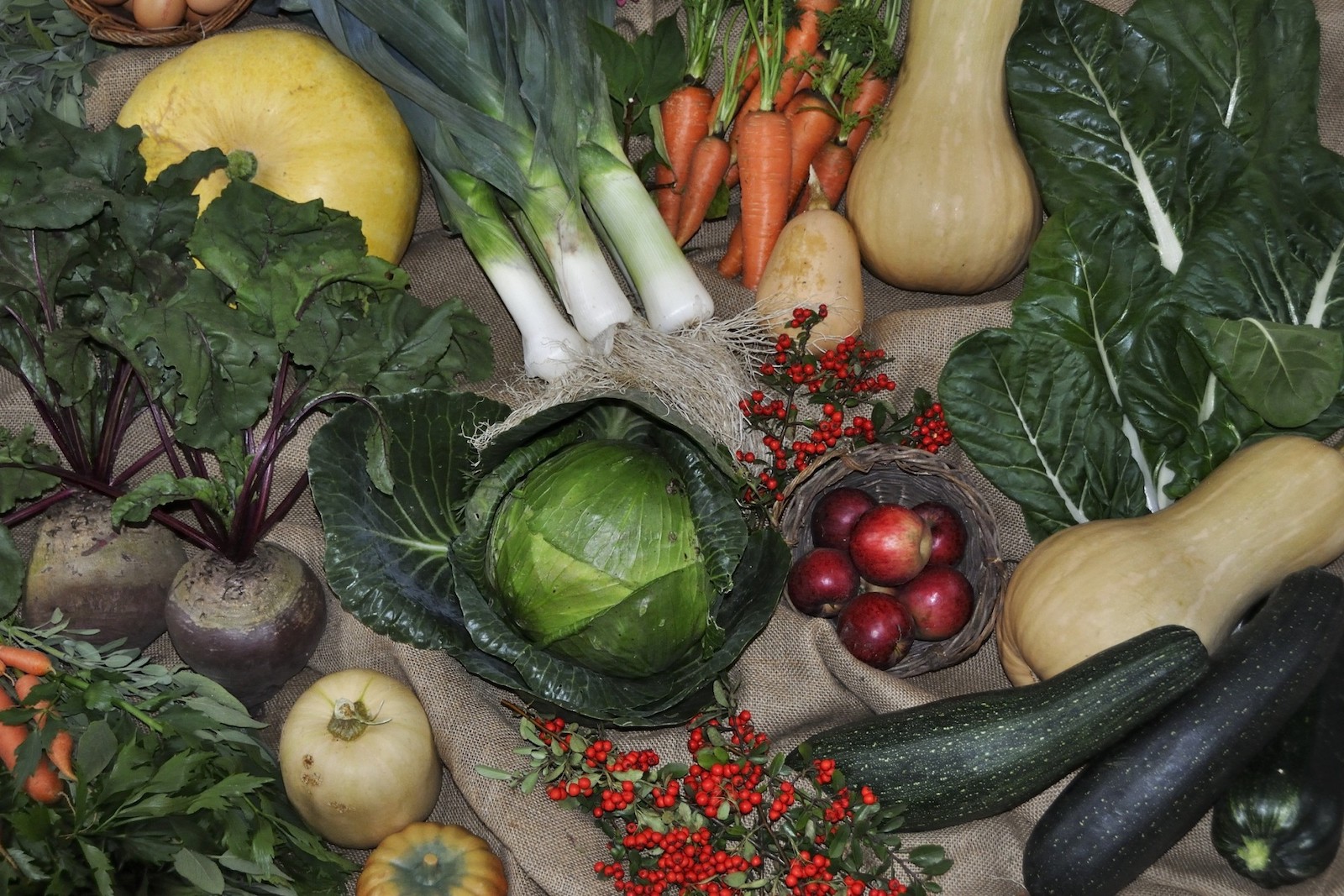Polyphenols 101: Are You Getting Enough of These Antioxidant Powerhouses?
- By Anna Speaks
- Mar 1, 2018
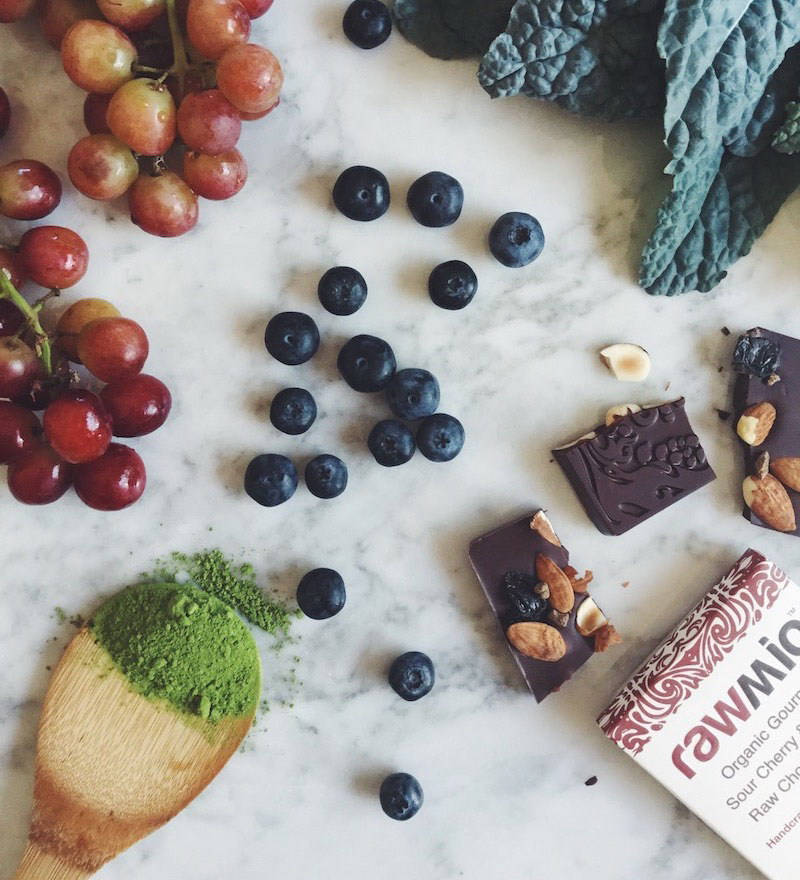
While there are certain macronutrients we cannot exist for long without (i.e. carbs, protein, fats…), there are a vast number of compounds known as micronutrients that, while more subtle in their influence, can have a profound impact on our health throughout our lifespan. We may be able to survive without them, but who wants to merely survive when one can actually thrive? Polyphenols do just that, they help move us from survival mode into the realm of robust health and vitality.
What Are They?
Polyphenols are micronutrients found most abundantly in certain whole foods such as fruits, vegetables, nuts, herbs, teas, and spices. They are the pigments that help give fruits, berries, and vegetables their vibrant colors. They also contribute to flavor and aroma - certain polyphenols are bitter, while others are more astringent. They help protect the plant from ultraviolet radiation, pathogenic attack, oxidation, and harsh weather and climatic variables. In terms of human health, they are most known for their antioxidant properties, meaning they help combat free radical damage. Free radicals cause our cells to perform poorly when under stress, our tissues to degrade, and our bodies to age prematurely. But the benefits of polyphenols don't stop there...
Why Are They So Beneficial?
Once ingested, polyphenols have a profound influence on our biology in the following ways. They:
* Protect against cellular abnormalities (anti-cancer, anti-tumor)
* Fight free radical damage for an anti-aging, longevity-promoting effect
* Reduce inflammation within the cells and tissues
* Help counteract gut dysbiosis (microbial imbalance in the small or large intestine) by acting as a prebiotic (food source for beneficial probiotic bacteria) and an antimicrobial agent for “bad” bacteria and yeasts.
* Protect the heart and entire cardiovascular system by strengthening the integrity of our blood vessels and normalizing blood pressure
* Protect the skin again the effects of UV exposure (sun damage)
* Protect the brain and nervous system against neurodegenerative disease such as dementia
* Help to combat diabetes by supporting normal blood sugar levels.
What Qualifies as a Polyphenol
There are four known categories of polyphenols:
1. Flavonoids which include flavones, flavonoids, flavanones, isoflavones, anthocyanidins, chalcones, and catechins. Flavonoids are found abundantly in citrus fruits (they're more concentrated in the pith, not the actual flesh of the fruit), berries, tree fruits, various vegetables, spices such as cayenne, herbs such as thyme and dill, cacao, and grapes.
2. Stillbenes, one of which being the popular anti-aging polyphenol resveratrol found in grapes and wine.
3. Lignans found in flax seeds, legumes, certain grains and cereals, fruits, algae and certain vegetables.
4. Phenolic Acids including hydroxybenzoic acids found in green tea, and hydroxycinnamic acids found in, you guessed it, cinnamon spice, but also coffee, blueberries, kiwi, plums, apples and cherries.
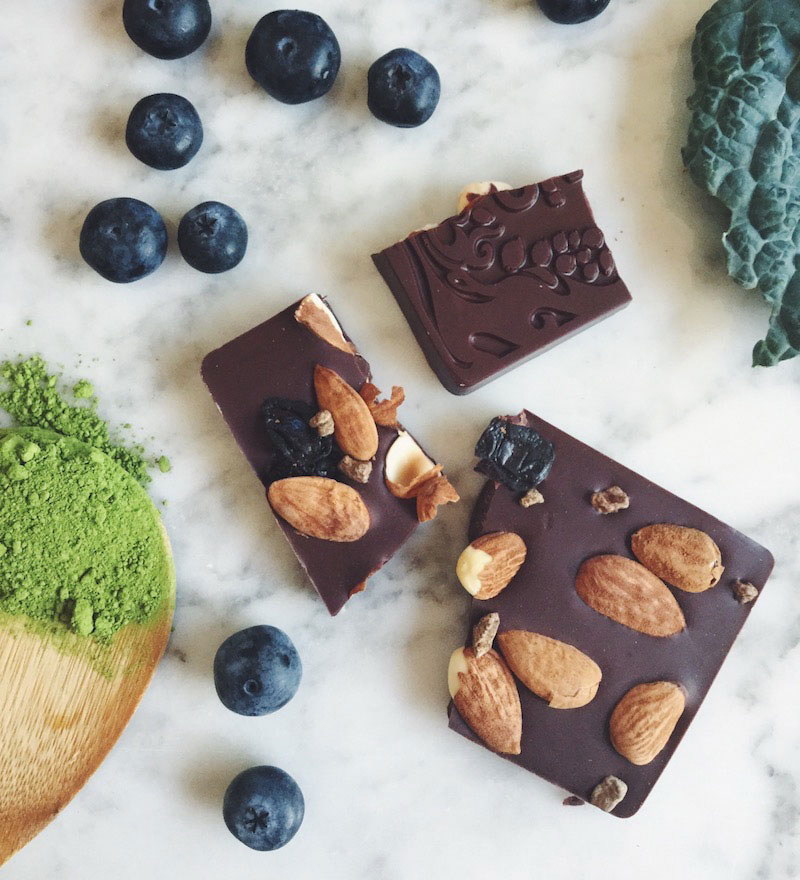
How to get more polyphenols in your diet? Our top 10 picks
Ready to add more polyphenol-rich superfoods into your diet? Start here...
1. Berries
Don't discriminate! Load up whenever possible on blueberries, raspberries, blackberries, strawberries, marionberries, elderberries, and any wild edible berry that may be local to your region. If fresh isn't available where you are choose frozen.
2. Cherries
The more saturated the color the better. Sour cherries, and brightly pigmented cherries of all kinds such as Bing - are rich sources of anthocyanin polyphenols - powerful antioxidants. Find them in our Sour Cherry and Sprouted Almond Gourmet Raw Chocolate Bark.
3. Raw Cacao
We specialize in cold processed raw chocolate treats made with 100% raw Peruvian cacao. We keep things low temperature in order to retain all of the valuable nutrients in the cacao bean itself - mainly those incredible flavonol antioxidants. These flavonols serve as a prebiotic substance and have been shown to help increase beneficial microbes in the gut such as bifidobacterial and lactobacilli.
4. Green Tea
Matcha-lovers rejoice! We all know by now that green tea is an incredible source of antioxidants. By incorporating a cup or two of green tea, or our favorite - a creamy matcha latte - into your day you'll be helping fight inflammation, stave off free radical damage, improve mental clarity, reduce stress, and boost your energy levels in one fell swoop. Try a polyphenol-rich afternoon pick me up of a few pieces of raw chocolate paired with a matcha latte. It's game changing.
5. Pomegranate
Juice them, toss the fruits into salads, or simply dig in as-is. Pomegranate's offer a wealth of polyphenols and their season is rapidly approaching, so be sure to stock up while you can!
6. Grapes
While red wine is often the subject of the polyphenol discussion, it is actually the raw grapes that give wine its potent antioxidant effect. Grapes, especially deep purple grapes, are awash with anthocyanins and resveratrol, two forms of polyphenols with incredible anti-aging properties. Get the same benefits of wine sans the alchohol by juicing or chowing down on some juicy raw grapes on the regular.
7. Hazelnuts
Yes, they just so happen to be the base of our best-selling Rawmio Chocolate Hazelnut Spread (the other main ingredient being flavonoid-rich raw cacao...), making this indulgent-yet-healthful treat a true polyphenol superstar. Get some HERE.
8. Sun Dried Black Olives
Toss some black olives into your salads, or eat them with fresh vegetable slices and half an avocado for a sugar-free, nutrient-dense snack. As a side note, black olives are also an incredible source of calcium and various other trace minerals.
9. Red Onion
If you can use either a red onion or yellow onion in a recipe, go with red! Red onions have all the benefits of regular yellow or white onions (they're high in sulfur compounds which aid in weight loss and detoxification and help lower LDL blood cholesterol/triglyceride levels), but red onions have the added benefit of more quercetin and anthocyanin polyphenols for a potent antioxidant effect.
10. Broccoli Sprouts
Broccoli in general is an incredibly healthy cruciferous vegetable, however when enjoyed in sprouted form, it becomes even more of a superfood. The plethora of polyphenols and other anti-cancer, antioxidant compounds become even more bioavailable in sprouted form. Sprouts are also awash with enzymes which help aid in digestion. Raw broccoli is hard to digest for many, requiring the use of heat to help break down the tough cellulose, however raw broccoli sprouts are tender and juicy, and can be tossed right into salads, used in sandwiches, or sprinkled onto dishes of all kinds as a garnish, and they digest like a breeze.
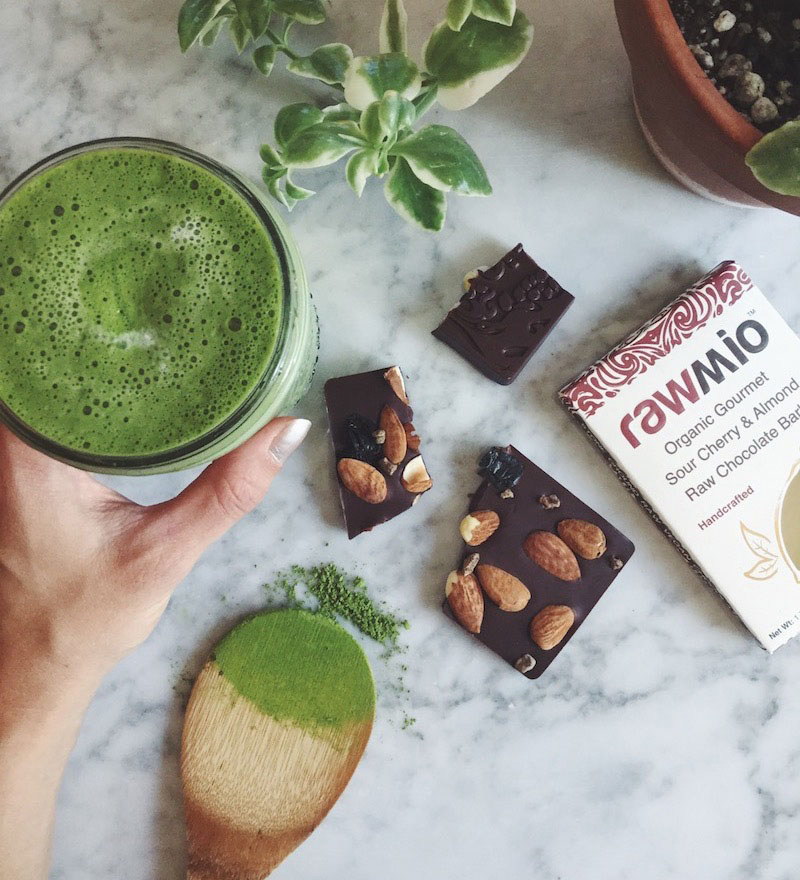
The key to getting maximum benefit from polyphenols is to think in terms of variety. Eat a diet rich with a plethora of different plant nutrition. And eat the rainbow! When your diet is full of purple, blue, red, orange, yellow, and green in all variations and hues, you can be assured you're also getting a wide variety of polyphenols. Sticking with your familiar, tried-and-true favorites is only natural, but branching out and embracing new plant foods is so important in terms of getting maximum benefit from all of the various micronutrients available to us. Every little bit counts.

